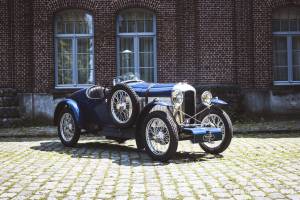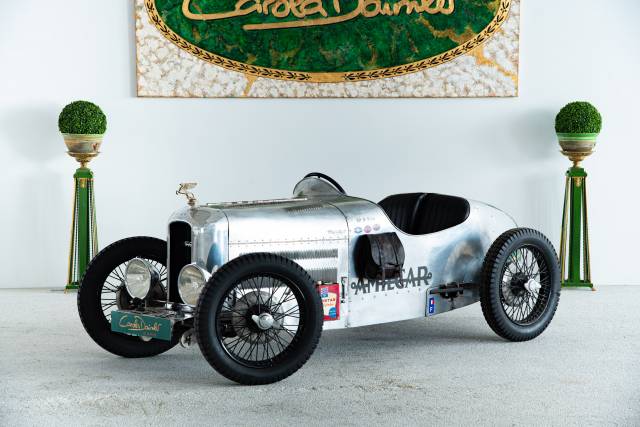- Car
- Amilcar (2 offers)
Amilcar Classic Cars for Sale
Amilcar, founded in 1921 in France, built its reputation on lightweight, agile sportscars and innovative engineering. The most sought-after models, such as the CGS and CC, combine low weight, purposeful design, and lively driving dynamics, making them perennial favourites for collectors and enthusiasts who appreciate early motorsport history.
Search results

1924 | Amilcar CGS
1924 Amilcar CGS
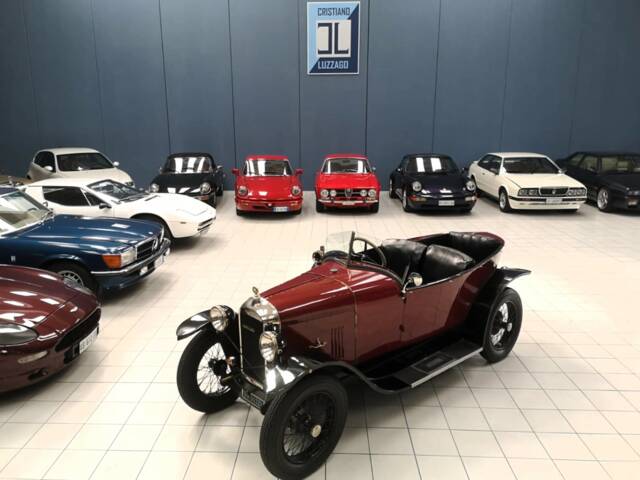
1924 | Amilcar CC
1924 AMILCAR C4 SPORT 6CV 3 SEATER
Amilcar listing references from Classic Trader
Below you will find listings related to your search that are no longer available on Classic Trader. Use this information to gain insight into availability, value trends, and current pricing for a "Amilcar" to make a more informed purchasing decision.

1927 | Amilcar CGSS
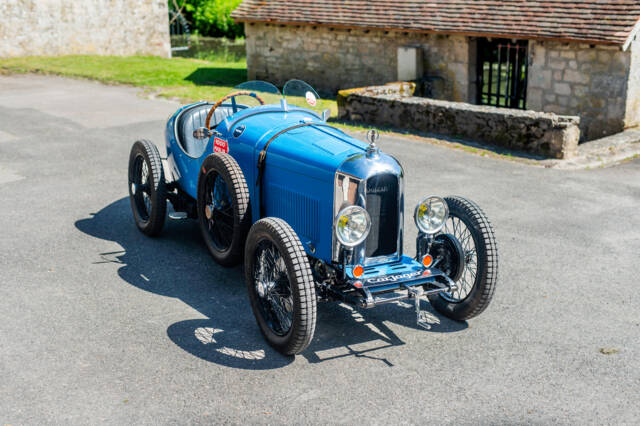
1928 | Amilcar CGSS
Amilcar CGSS 1928 - superbe historique - restauration de qualité - important dossier accompagnant l’auto
1927 | Amilcar C3
Series 26 | Expert´s report grade 2 | Restored org. condition

1933 | Amilcar Typ M

1927 | Amilcar C6
1927 Amilcar C6 Voiturette

1926 | Amilcar CGS
1926 Amilcar/AC Type-G Special
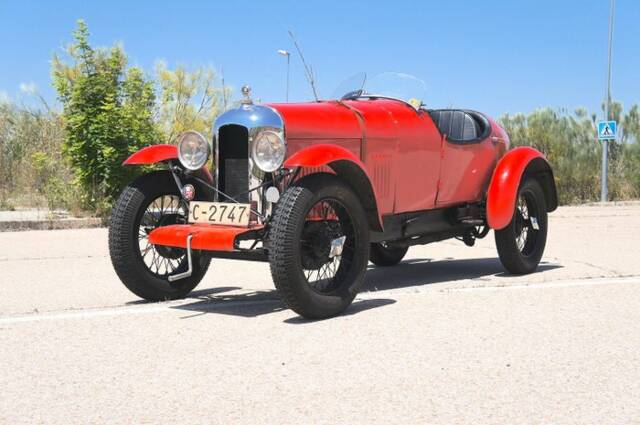
1924 | Amilcar CGS
Amilcar - CGS3 - 1924
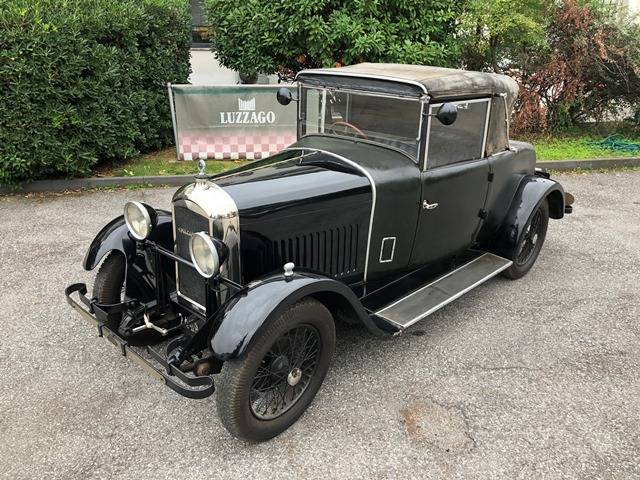
1926 | Amilcar CGS
CONSERVATO
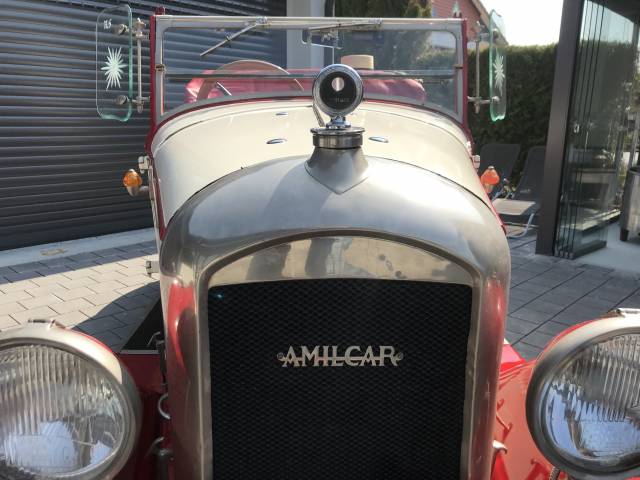
1929 | Amilcar Typ M
AMILCAR TYP-M SCHWIEGERMUTTERSITZ SG.GUTER ZUSTAND
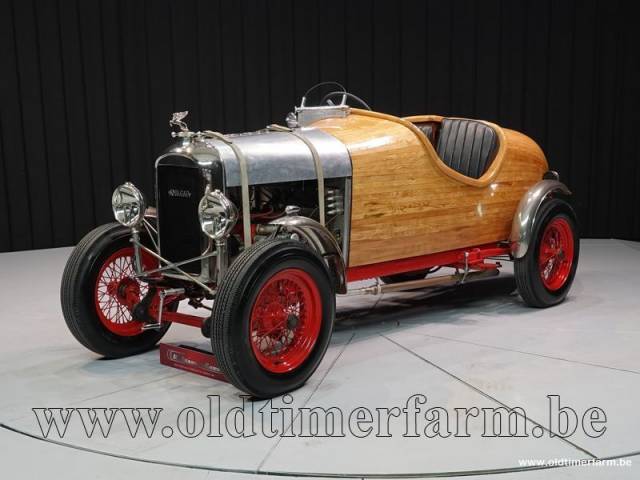
1922 | Amilcar C4
1922 Amilcar C4 '22

1922 | Amilcar C4
1922 Amilcar C4 '22
History of Amilcar
Established in 1921 in Saint-Denis, near Paris, Amilcar emerged from the collaboration between Joseph Lamy and Emile Akar—its name a play on their surnames. The brand entered the market with cyclecars, lightweight and cost-effective vehicles encouraged by post-WWI French taxation regulations. Early Amilcars, such as the CC, found success with drivers seeking affordable motoring and sporting prowess. As the 1920s advanced, Amilcar became known for technologically advanced models and competitive appearances, including the iconic CGS (Chassis Grand Sport), which featured innovations like four-wheel brakes and oil-pressure lubrication.
Model History
The company debuted at the Paris Motor Show in 1921 with the CC, a nimble cyclecar. The range expanded to cover the C4, CS, and the highly regarded CGS and CGSS models, all of which solidified Amilcar’s sporting reputation. These models were produced under licence around Europe—for example, the Pluto in Germany, the Grofri in Austria, and the Amilcar Italiana in Italy. The late 1920s saw Amilcar try its hand at larger touring cars (the M-Type, M2, M3, M4), before financial hardship led to mergers and ultimately, production of the Compound, a technically daring model with front-wheel drive and aluminium bodywork, ending with WWII.
Highlights and Unique Features
Amilcar stood out for their cyclecars' innovative construction and sporting orientation. The CGS, launched in 1923, boasted a 1100cc four-cylinder engine and notable safety features like four-wheel brakes—a rarity at the time. Amilcar frequently competed at Le Mans and other races, earning recognition for their vibrant motorsport presence. The marque's sporting image is further underlined by the use of boattail bodies from coachbuilders such as Ch. Duval, and high-revving engines in models like the C6.
Technical Data
Special Editions and Collectible Models
Original boattail-bodied sports variants and race-prepared models built by specialist coachbuilders such as Ch. Duval have become especially valued among enthusiasts. Of particular note, the CGSS ('Grand Sport Surbaisse') offered a lowered chassis for even sharper handling and stands today as a cult object within pre-war sports car circles. Limited-run six-cylinder models such as the C6 also attract significant interest for their rarity and engineering ambition.
Weak Spots and Common Issues
While period sources frequently note the robust construction of Amilcar’s mechanical components, their age means buyers should be vigilant for worn drivetrain parts and issues arising from the minimal weather protection—expect corrosion in bodywork and chassis components, especially in earlier cyclecars lacking protective coatings. Restoration of original coachwork is rare; many cars display later sports replica bodies, making authentic examples particularly scarce. Locating original mechanical parts and factory documentation can be a challenge.
Engine, Performance, and Handling
With a focus on lightness, Amilcar sports cars delivered unexpectedly lively performance compared to contemporaries. The 998cc and 1100cc four-cylinder engines enabled these vehicles to achieve respectable speeds for their time, with agile handling thanks to low overall weight and a stiff chassis. Driving an Amilcar is about direct connection—minimal insulation, mechanical feel from the controls, and a balance that rewards confident inputs. Gearboxes are typically three-speed manuals, requiring forceful, deliberate shifts. Braking systems, particularly four-wheel mechanical arrangements, should be checked for even wear and precise adjustment. • Amilcar CGS: 1,074cc, 33 hp, 3-speed, up to 115 km/h; high supply and demand. • Amilcar C3 Serie 26: 998cc, 36 hp, peak speed 105 km/h; highly admired for its rarity and design. • Amilcar C6: Six cylinders, built for racing, even scarcer with advanced powertrain. • Amilcar M-Type: Touring model, more practical but produced in lower numbers.
Interior, Comfort, Exterior, and Design
Amilcar cars drew inspiration from racing—most had open sports bodies with minimal windscreens, if any, and sparse yet elegantly detailed interiors. Instrument clusters were purpose-built with only essential gauges and a sturdy four-spoke steering wheel. The C3 and CGS series often featured aerodynamic boattail rears to echo their competition focus. The brand transitioned from plain radiator badges to the stylised Amilcar script, sometimes set within a triangle with a Pegasus motif (by Pierre Darel), occasionally used as a mascot on luxury models. Aluminium was favoured for body construction, both for weight savings and competitive edge. Special colours were rare—functional finishes and lightweight unpainted aluminium were favoured, especially on racing-derived cars.
Other Notable Features
Amilcar vehicles had wide European reach thanks to licence-built variants in countries like Germany (as 'Pluto'), Austria (as 'Grofri'), and Italy (as 'Amilcar Italiana'). This international scope broadened both availability and technical development, with unique local adaptations in body and mechanicals.
Summary
Amilcar’s legacy is rooted in innovative engineering, daring lightweight design, and an unmistakable focus on lively driving dynamics, whether on road or racetrack. These French classics combine historic value and sporting pedigree, standing out for their scarcity, technical ingenuity, and purposeful aesthetics. The CGS, C3, and similar models remain centrepieces for serious collectors—rare both in period numbers and even more so in original form today.
